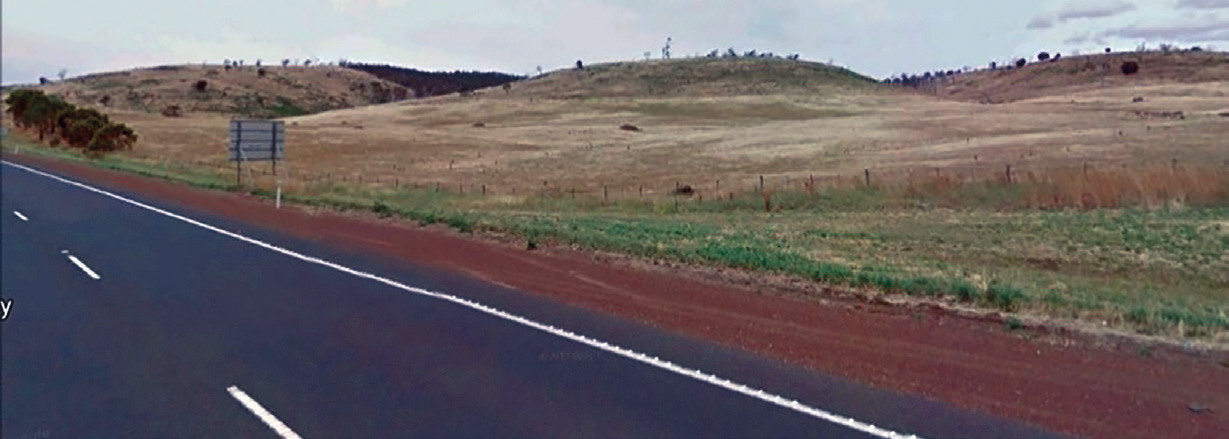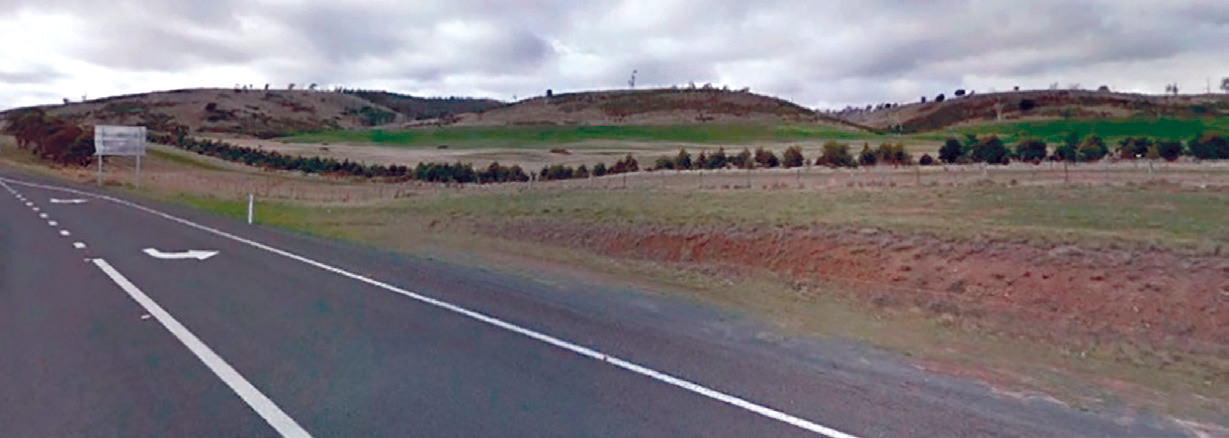Case Study - Agroforestry
2. Planting trees in the harsh Midlands provides much needed shelter
Bowsden, Jericho, Southern Midlands - The Burbury family recognised the benefits of trees to their farming enterprise many years ago establishing shelterbelts for lambing ewes and freshly shorn sheep.
Download PDF
At a glance
| Owner | Damian Burbury |
| Property name | Bowsden |
| Location | Jericho, Midlands, Southern Tasmania |
| Property Size | 1,600 hectares |
| Enterprise | Grazing / Pastoral - not irrigated |
| Rainfall | 520 mm (average) |
| Soil types | Duplex soils - sandy loams / light clays |
Key points
- Good tree establishment including site preparation, tree planting and maintenance are essential.
- Ideal site preparation is provided by the Savannah forestry mound plough.
- Trees provide shelter in hot and dry and wet and cold conditions.
Planting trees in the harsh Midlands provides Bowsden much needed shelter
Background
The Burbury family recognised the benefits of trees to their farming enterprise many years ago. Initially Damian’s father started the process to integrate trees into their farm and now Damian has continued to establish shelterbelts primarily to provide shelter for the pasture and the livestock which is particularly useful for lambing ewes and freshly shorn sheep.


Damian says…
Luckily my father had the foresight to plant the shelterbelts around the farm; they provide shelter from the hot and dry in the summer, and the cold and wet in the winter for both pasture and livestock. However, in order to get really good results in the harsh Midland conditions, it is essential to get the tree establishment correct.





Doing it right - site preparation:
Weed control is the most significant work you can do. It is likely to determine the success or failure of most projects. Provide a weed free zone at least 1.0-1.5m in diameter around the tree, or a strip 1.5-2.0m wide along the planting mound.
Cultivate the soil
- Disc or rotary hoe strips (1.8m wide) when soils are dry and at least 3 weeks after spraying weeds.
- Ideally, rip and mound planting lines over summer or autumn.
- The soil should be dry or slightly moist but not wet.
- Mound spacing should be 3m to 4m centres. (You may need to allow for vehicle access).
- Steep slopes, soil type and soil and water conservation needs may limit cultivation to ripping only, spot cultivation or no mechanical cultivation.
Weed control after cultivation:
- Keep cultivated soil weed free for two growing seasons after planting.
- After cultivation, one or more knockdown applications may be required before planting, depending on germination of weed seeds.
- Application of residual herbicides before planting will inhibit the germination of most weeds for 6 to 9 months.
- Applying herbicides after trees are planted is both difficult and costly.
Mound ploughs for farm tractors are available for hire from consultants listed in our Directory of Tasmanian Forestry Services.
Key information:
Tractor - minimum 75hp, preferably 85-100 hp to be provided by landowner. Mound Plough on trailer gross weight 1,600kg (1.6 tonnes).



